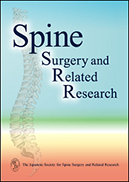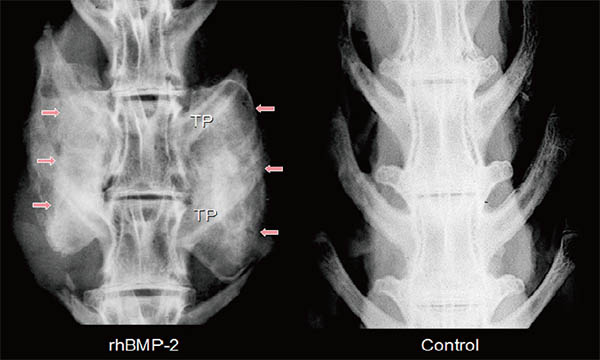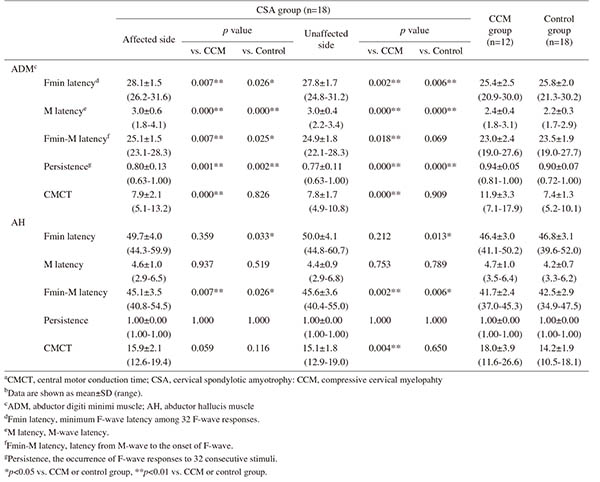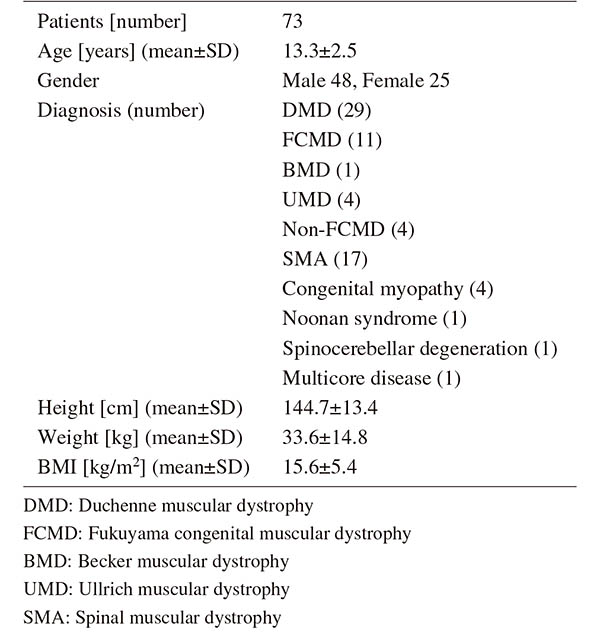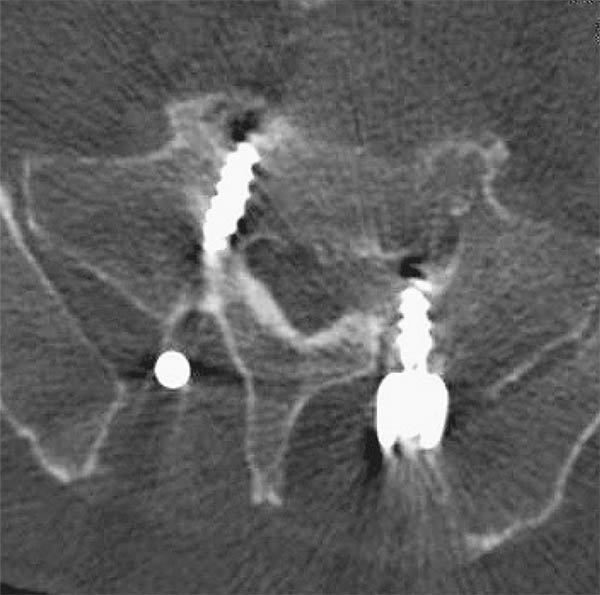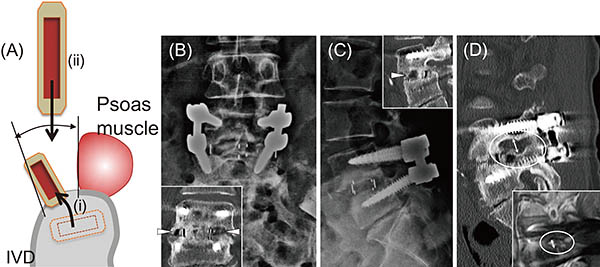Volume 2, Issue 1
Displaying 1-15 of 15 articles from this issue
- |<
- <
- 1
- >
- >|
REVIEW ARTICLE
-
2018Volume 2Issue 1 Pages 1-10
Published: January 20, 2018
Released on J-STAGE: January 27, 2018
Download PDF (865K) -
2018Volume 2Issue 1 Pages 11-17
Published: January 20, 2018
Released on J-STAGE: January 27, 2018
Download PDF (246K) -
2018Volume 2Issue 1 Pages 18-22
Published: January 20, 2018
Released on J-STAGE: January 27, 2018
Download PDF (68K)
-
2018Volume 2Issue 1 Pages 23-29
Published: January 20, 2018
Released on J-STAGE: January 27, 2018
Download PDF (234K) -
2018Volume 2Issue 1 Pages 30-36
Published: January 20, 2018
Released on J-STAGE: January 27, 2018
Download PDF (350K) -
2018Volume 2Issue 1 Pages 37-41
Published: January 20, 2018
Released on J-STAGE: January 27, 2018
Download PDF (250K) -
2018Volume 2Issue 1 Pages 42-47
Published: January 20, 2018
Released on J-STAGE: January 27, 2018
Download PDF (1094K) -
2018Volume 2Issue 1 Pages 48-52
Published: January 20, 2018
Released on J-STAGE: January 27, 2018
Download PDF (75K) -
2018Volume 2Issue 1 Pages 53-59
Published: January 20, 2018
Released on J-STAGE: January 27, 2018
Download PDF (410K) -
2018Volume 2Issue 1 Pages 60-64
Published: January 20, 2018
Released on J-STAGE: January 27, 2018
Download PDF (212K) -
2018Volume 2Issue 1 Pages 65-71
Published: January 20, 2018
Released on J-STAGE: January 27, 2018
Download PDF (329K) -
2018Volume 2Issue 1 Pages 72-76
Published: January 20, 2018
Released on J-STAGE: January 27, 2018
Download PDF (106K) -
2018Volume 2Issue 1 Pages 77-81
Published: January 20, 2018
Released on J-STAGE: January 27, 2018
Download PDF (637K)
-
2018Volume 2Issue 1 Pages 82-85
Published: January 20, 2018
Released on J-STAGE: January 27, 2018
Download PDF (891K)
-
2018Volume 2Issue 1 Pages 86-92
Published: January 20, 2018
Released on J-STAGE: January 27, 2018
Download PDF (1496K)
- |<
- <
- 1
- >
- >|
